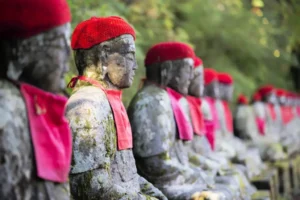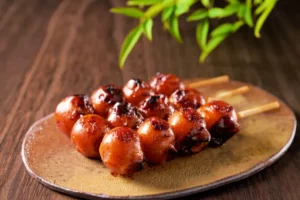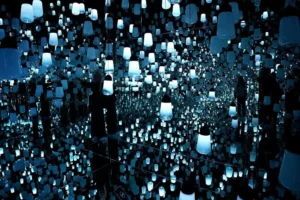Emperor Akihito is an important figure in Japan’s history. During his reign, he successfully respected Japanese traditions while introducing modern attitudes. In doing so, he redefined what it means to be a Japanese emperor. The lasting effects of his time in the Imperial Palace extend beyond the monarchy to the general public.
He has even contributed to the global scientific community. His efforts have left a lasting impression on the Japanese people, and his personal achievements are still respected to this day. Let’s learn about this former monarch’s life and how he modernized an ancient institution.
Table of Contents
ToggleEarly Life and Education
Emeritus Akihito was born Prince Tsugu (Tsugu-no-Miya Akihito) in Tokyo on December 23, 1933. He was the eldest son of Emperor Hirohito and Empress Nagako. Akihito was raised in the Tokyo Imperial Palace, where his upbringing followed imperial customs, which separated him from his parents at age five.

Akihito began studies in 1940. However, World War II and Japan’s turbulent Showa era (1926 – 1989) resulted in his evacuation to Nikko in 1945. After the war, his education expanded to include English and Western culture under an American Quaker tutor. He then attended Gakushuin University from 1952 to 1956, further shaping his global outlook.
Marriage to Michiko Shōda
In 1952, Akihito was made crown prince, marking the beginning of his official role as heir. But in 1959, he broke a 1,500-year tradition by marrying a commoner, Michiko Shoda. After meeting on a tennis court in Karuizawa, their relationship was dubbed the “tennis court love story.” In addition, Michiko was educated at Catholic schools, which raised further concerns among the country’s traditionalists.
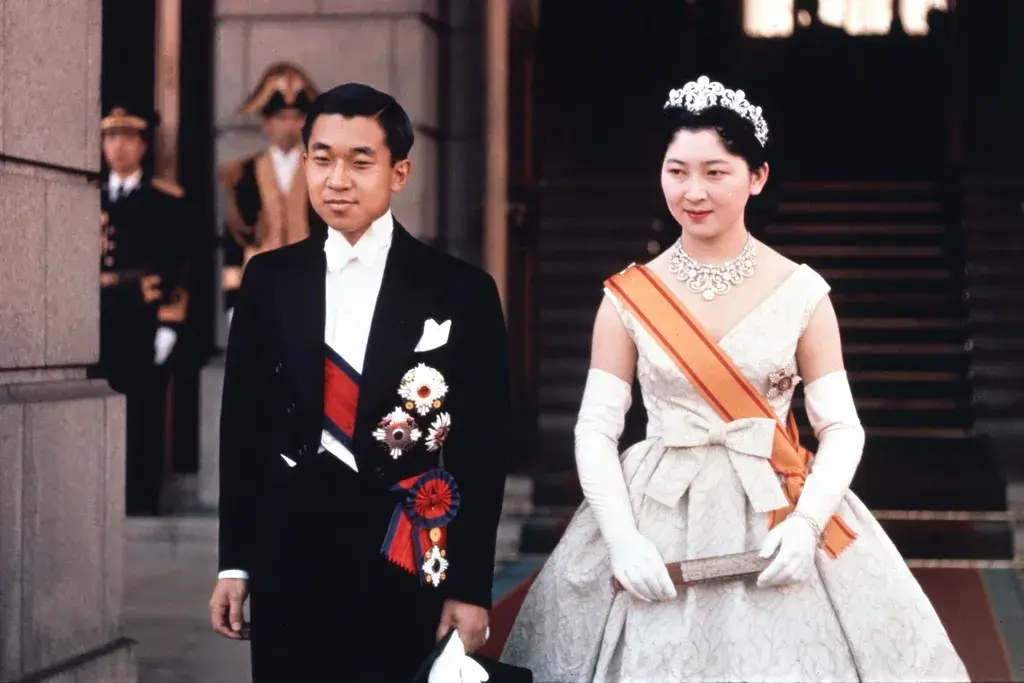
Despite the opposition, the couple was married at the Imperial Palace in Tokyo. The event was televised live to over 15 million viewers. They raised three children: Naruhito, Fumihito, and Sayako. Their focus on public engagement took them to all 47 prefectures. They engaged with communities on these trips and frequently attended events like the National Sports Festival. The relatable marriage softened the monarchy’s formal tone and its image in the eyes of the public. This all aligned well with Akihito’s vision of being a people-focused emperor.
Reign and the Heisei Era
After his father Hirohito’s death, Akihito became Japan’s 125th emperor on January 7th, 1989. He officially took Japan’s “Chrysanthemum Throne” in 1990. His reign (1989 – 2019) was named “Heisei” (平成), “Achieving Peace”. This focus on unity directly resulted from his experiences during Japan’s wartime past. He invoked the 1947 Constitution and its focus on pacifism to pursue global integration for Japan. He expressed remorse for the country’s actions in World War II, visiting sites like Hiroshima and Okinawa. Similarly, he travelled to China in 1992 to promote reconciliation.

Scientific Pursuits and Environmental Interests
Akihito’s passion for marine biology set him apart as a “scholar-emperor”. Between 1963 and 2003, he published 28 papers in the Journal of the Ichthyological Society of Japan. His research focused on the Gobiidae species of goby fish, and the species, Exyrias akihito, bears his name.
Akihito is still very much involved in marine environmental issues. He maintains a biological laboratory within the Imperial Palace grounds in Tokyo, where he continues researching goby fish. He also still appears at the Cherished Sea Festival, which celebrates respect and gratitude for the sea.
Abdication and Legacy
As with retired professors, “Emeritus” before Akihito’s name is an honorary title showing that he has retired from his previous position. After heart surgery in 2012, followed by continued heart problems, he announced his wish to give up the throne for health reasons. His wish was approved in 2017. And, on April 30, 2019, he stepped down from the throne. He was the first emperor to do so in over 200 years. He then moved to the Sento Imperial Residence in Tokyo’s Minato Ward, where he remains the longest-living Japanese emperor.
Why is Akihito’s Legacy important in Japan?
Akihito’s legacy is important in Japan because he modernized the image of the imperial family and reshaped the monarchy into a symbol of peace and empathy. His actions as emperor were both ceremonial and influential. By prioritizing accessibility and engagement with citizens, he transformed the emperor’s role into one of accessibility.
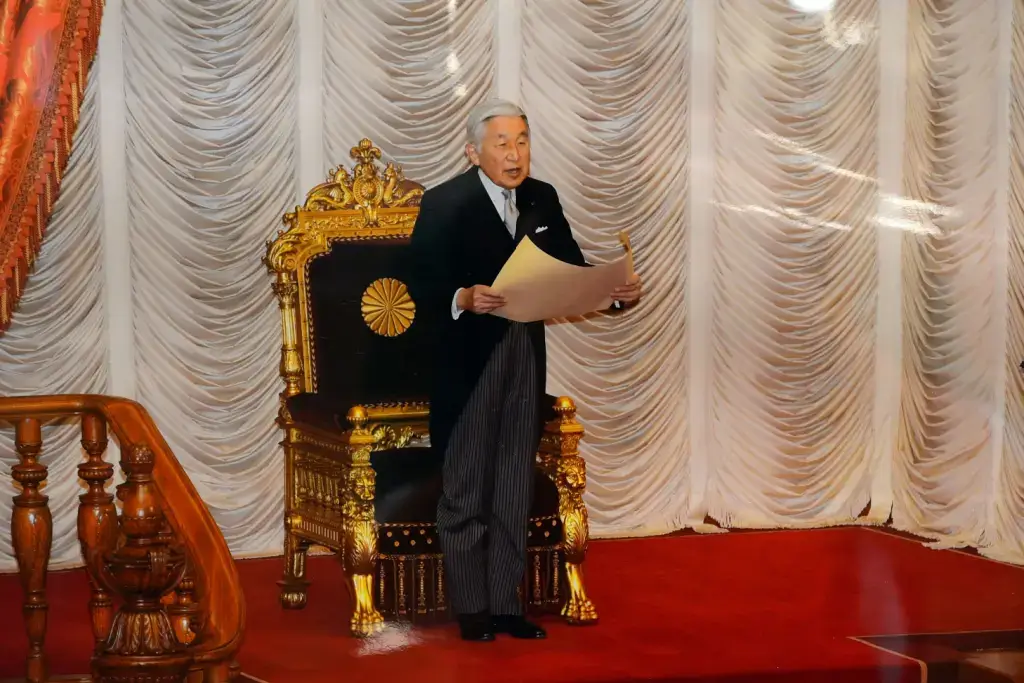
Overall, he cultivated a monarchy still deeply appreciated and admired by the Japanese public. His unconventional marriage also set a precedent for future imperial marriages, like that of Naruhito and Masako Owada.
His actions prompted reflection on the place of Japan’s traditions in a modern world. Akihito’s life, decisions, dedication, and scientific work continue to shape Japan’s global and cultural identity even after his time as emperor. What are your thoughts on Akihito’s impact? How did his actions inspire today’s Japan? Share them below and start a conversation!





